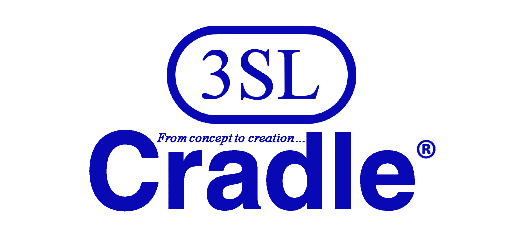Every business requires successful, efficient and utilitarian processes to perform the functions which earn it money. The really simple way to describe this is those businesses which stick to successful processes thrive, whereas those which do not, fail. This is a gross over simplification, of course. However, a fundamental truth lies at the heart of that statement. This article will set out how requirements management tools and Six Steps to Success are the key to unlock successful project delivery.
Get it right at the start and success will come much more easily. The first steps are crucial.
Requirements Management Tools and Six Steps to Success is about starting in the right direction and keeping going in that direction until success occurs.

The Six Steps for Success
There exists a very simple set of six steps for guaranteed success in any endeavour. Personal development gurus and business leaders teach these steps at seminars all over the world.
The six steps:
- Be very clear of your outcome
- Know the outcome in detail
- Quantify the outcome with measurable metrics
- Ensure that the outcome is possible, even if very ambitious
- Take an action to achieve that outcome
- Measure the result of that action and determine if it is getting you closer to that outcome
- If it is not, then change course
- Keep taking action, checking and if necessary, changing course, repeating steps 2 to 4
- Never give up, repeating steps 2 to 4 until that outcome is achieved
Whilst that list is very simple, completely lacking in applicable detail and at first glance, completely banal, or even vapid. It should not be dismissed entirely. That simplistic list of steps is applicable to every situation, from a toddler learning to walk, to ensuring an aircraft arrives at its correct destination, to landing a person on Mars.
For example, the aircraft flight computer is aware of its destination and its location and it compares that with the flight plan and takes action by correcting course continually, until it arrives successfully at its destination.
So Where Do Requirements Management Tools Come Into This?
The first step is to be very clear of the outcome. Knowing the desired outcome in detail to a very granular level is essential. It must be possible to describe every part of that outcome. Listing every attribute required in detail. These outcomes can become a repository of requirements and it is these requirements that are to be managed throughout the lifecycle of any project. A Requirements Management tool will manage these requirements through defined processes to ensure that any project ultimately succeeds.
How to Create Requirements?
SMART requirements (Specific, Measurable, Attainable, Realisable, Traceable), are the best ways to define the specifics of your outcome as requirements. Each requirement should be either an item, piece of equipment, function, process etc. and linked in a hierarchy. For example, a cooling system is a requirement on an engine. That cooling system has a function, which is a requirement. That function must operate within pre-defined parameters, which are requirements. The cooling system is made up of various parts, like a radiator, pipes, pumps. Each of those are requirements with their own functions with operating parameters. All of those are requirements. Even a nut, or a bolt or a screw is a requirement with attributes of size, materials, strength, colour.
How to Manage Requirements?
As is evident from the above, any large system can rapidly become an enormous, labyrinthine mess of hundreds of thousands, or even millions of requirements of every aspect of your system. Try keeping track of those during the systems engineering process from concept to creation.

Every defined and agreed requirement must be met to guarantee the outcome of the project. Each part of the project must be linked back to a requirement, to ensure that the steps 2 to 4 above can satisfy and implement that requirement successfully. But when there are millions of requirements, then help is available.
The Solution
A tool designed to manage all requirements. It must be able to store and link all requirements to every relevant part of the system. That tool should also be able to trace every part of that system back to a requirement. This full checking of every item to every requirement keeps projects on track. It should also be able to find any part of the system which does not link back to a requirement. Such items that do not link back to requirements are evidence of wasted effort and expense.
Cradle is the only tool that has transitive linking, allowing full requirement redundancy checking and so can find wasted items that are not linked back to any requirements.
All your projects are kept fully under control. Cradle can handle all requirements traceability and coverage whilst also linking that into the rest of the systems engineering project. For full systems engineering solutions, with the entire requirements management control system built in, Cradle is the answer. Ensuring that every item is linked to a set of requirements, and no effort is wasted.

Start your six steps to success in order to feel the satisfaction of successful project delivery
Cradle – requirement management tools and the six steps to success.
Register and download Cradle RM-Desktop or Cradle RM-Pro now.


